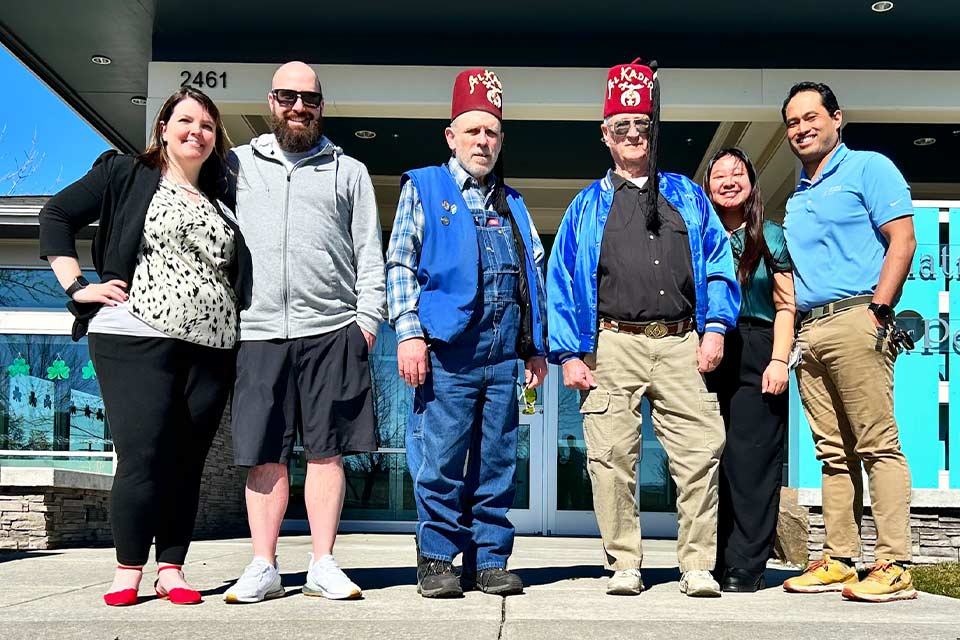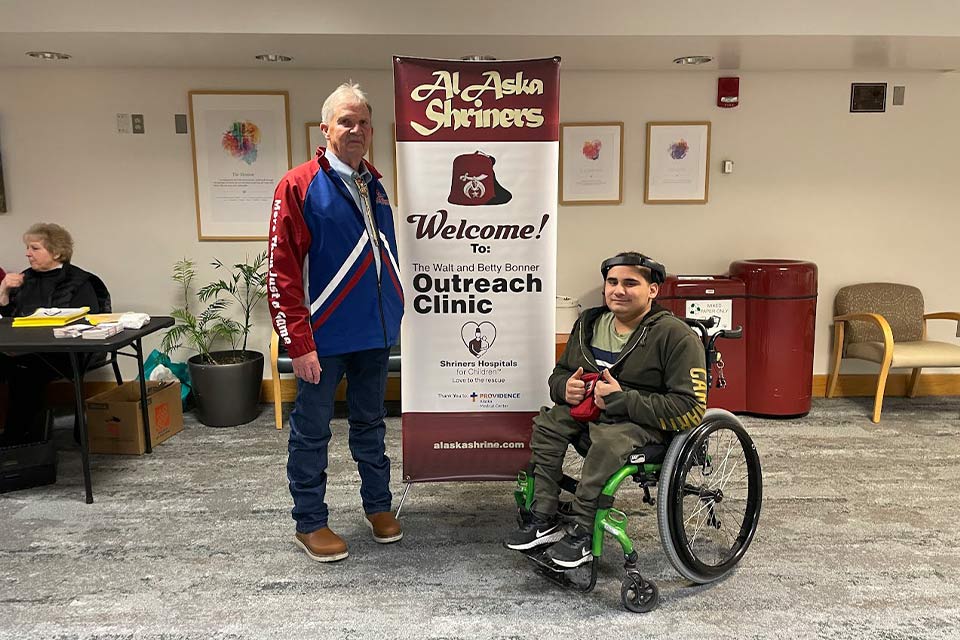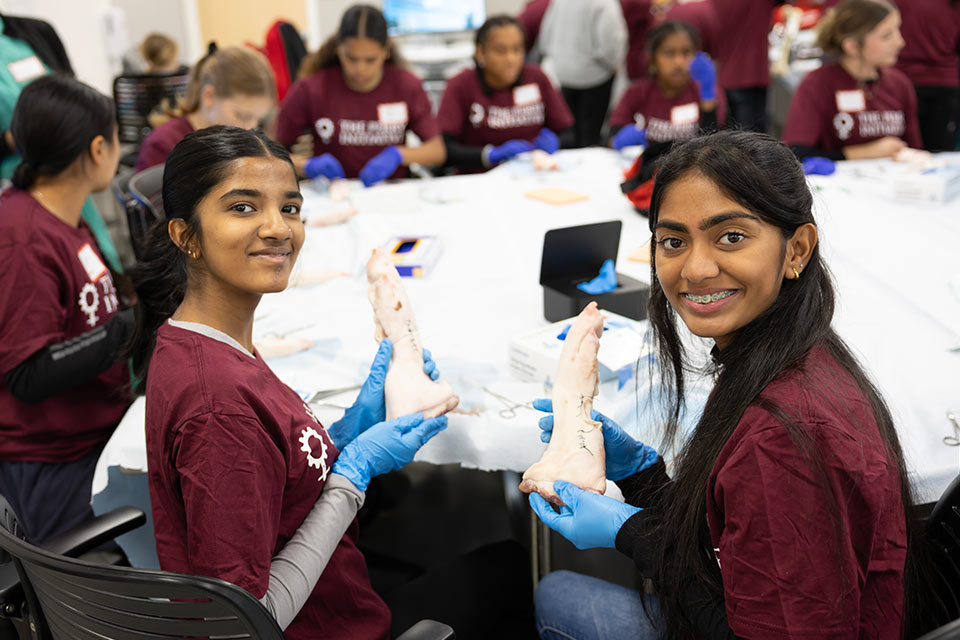Understanding Hip Dysplasia and Treatment

Pictured: Mother holding infant while provider examines child's legs. Early detection and timely intervention are key to treating hip dysplasia in children.
Pediatric hip dysplasia is a condition affecting the hip joint in children, and it is important for parents and caregivers to be aware of the signs and treatment options.
The hip joint functions like a ball-and-socket structure where the top of the thighbone fits snugly. Pediatric hip dysplasia can occur when the joint does not develop fully, resulting in a shallow socket. This can lead to the ball of the bone partially and completely slipping out of the joint, potentially causing hip dislocations.
While infants and young children may not experience pain, untreated hip dysplasia can lead to early-onset arthritis and disabilities later in life.
Certain factors can contribute to a diagnosis of hip dysplasia in children. They include mechanical, hormonal, genetic, and environmental elements. Girls are more likely to be diagnosed than boys are, and can be common in families with a history of hip disorders. Firstborn children and those delivered breech may also face an increased risk.
Diagnosing dislocated hips in pediatric patients can be challenging, as it is often painless and easily overlooked. Here are some signs to look for:
- Deep unequal creases: an asymmetry in the buttocks or thighs.
- Diaper change insight: One leg may appear weaker in its outward movement, or if both legs appear entangled.
- Crawling quirks: Notice if child drags one leg while crawling.
- Length disparity: One leg may be slightly shorter than the other.
- Gait anomalies: Child may limp when affected in one hip, or has an unusual walk.
- Genetic predisposition: Family history of hip dysplasia increases the likelihood in future generations.

Pictured: infant's legs while wearing harness. Bracing is a common treatment option for children diagnosed with hip dysplasia.
Adolescent Hip Dysplasia and Treatment at Shriners Children’s Spokane
At Shriners Children’s Spokane, all treatment options are available, including bracing, casting and surgery. The medical staff treats different types of the condition including neuromuscular hip dysplasia, commonly seen in spina bifida or cerebral palsy patients. They also treat specific hip dysplasia concerns by age range for infants, children and adolescents.
Adolescent hip dysplasia is often diagnosed when patients report hip pain during activities. It is more common in females, but can also occur in males.
Periacetabular osteotomy (PAO) is a surgical treatment for hip dysplasia available at Shriners Children’s Spokane.
Bryan Tompkins, M.D., a fellowship-trained orthopedic surgeon, specializes in PAO surgery. He performs the procedure dozens of times each year at Shriners Children’s Spokane, offering this rare yet highly effective treatment for adolescent hip preservation. Patients undergoing PAO surgery typically spend a few days in the hospital for recovery.
“The prognosis is favorable for children who undergo PAO surgery,” said Dr. Tompkins. “Many kids return to normal activities after recovery. Importantly, the procedure can delay the need for a hip replacement later in life.”
Motion Analysis Center Comprehensive Study
Ted Sousa, M.D., medical director of the motion analysis center (MAC), treats many children living with cerebral palsy for their specific hip dysplasia needs. Many patients will complete a motion analysis center study, which gives an in-depth look at a patient’s gait.
After each MAC test, a multidisciplinary team of specialists will review the information and develop a customized treatment plan, which may include surgery, rehabilitation or bracing. In some cases, children will return to have the test repeated to assess their progress, and their treatment plan will be adjusted if needed.
The Shriners Children's Spokane team of physicians and specialists are highly trained and experienced in pediatric orthopedics. All of our physicians and consulting physicians are united in a mission to provide the highest quality care to children within a compassionate, family-centered and collaborative environment.
Keep In Touch
Join our mailing list to stay up to date on everything that's happening at Shriners Children's.



